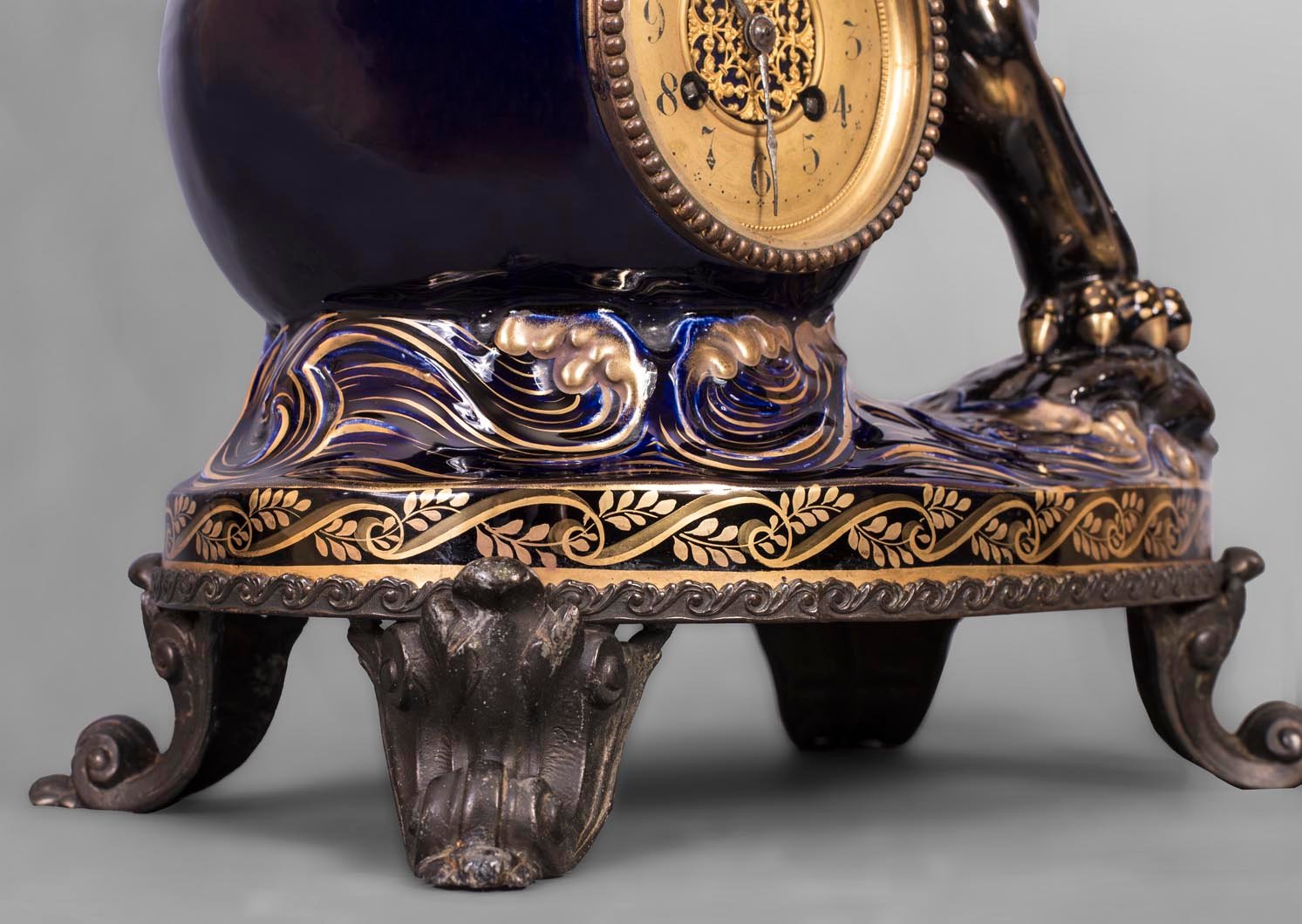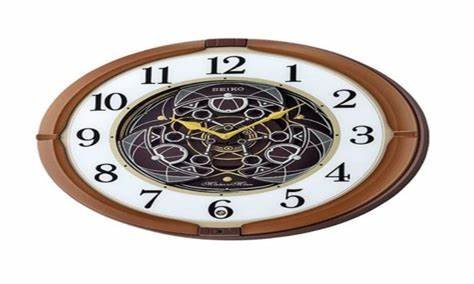Japanese timepieces, renowned for their precision and intricate craftsmanship, are more than just functional clocks—they are often works of art. Whether it’s a vintage mechanical piece or a modern quartz clock, proper maintenance is key to ensuring these timepieces continue running smoothly and retain their value. By following these essential care tips, you can preserve the longevity and beauty of your Japanese clock.
Regular Cleaning
Dust and grime can accumulate over time and affect the performance of your clock. To avoid any damage, it’s important to clean your clock regularly. For the exterior, use a soft, lint-free cloth to gently wipe down the clock’s surface. Avoid using harsh cleaning agents that could damage the clock’s finish, especially if it’s made from wood or other delicate materials.
For intricate or hard-to-reach areas, such as the hands and dial, use a soft brush to carefully remove dust. Cleaning the glass cover with a microfiber cloth and a small amount of glass cleaner will keep the display clear and smudge-free.
Lubrication of Mechanical Parts
For mechanical clocks, lubrication is critical to keep the internal components moving smoothly. Over time, the oil inside a clock can dry out, leading to friction between gears and other moving parts. To avoid wear and tear, it’s important to have your clock professionally serviced every three to five years.
A professional horologist will disassemble the clock, clean the internal mechanisms, and apply fresh oil to ensure the smooth operation of the movement. It’s not recommended to attempt this yourself, as improper lubrication can damage the delicate gears and springs.
Proper Placement
Where you place your Japanese timepiece can have a significant impact on its longevity. Clocks should be kept in a stable, dust-free environment, away from direct sunlight and moisture. Prolonged exposure to sunlight can fade the clock’s finish, while moisture can lead to rusting of the metal components and warping of wooden cases.
Ensure that the clock is placed on a level surface. Unstable surfaces can affect the clock’s pendulum or movement, leading to inaccurate timekeeping. Avoid placing the clock near heat sources, such as radiators or fireplaces, as extreme temperature fluctuations can also damage internal parts.
Winding and Setting the Time
For mechanical clocks that require winding, it’s important to wind them carefully and regularly. Over-winding can strain the spring and cause internal damage. Wind the clock gently until you feel slight resistance, and stop before forcing it further. Most mechanical clocks require winding once a week to keep running accurately.
When setting the time, avoid moving the hands counterclockwise. Many traditional Japanese clocks are designed to move forward only, and turning the hands in the opposite direction can damage the internal mechanism. If the clock needs to be reset, move the hands slowly and always in a clockwise direction.
Battery Maintenance for Quartz Clocks
For modern Japanese quartz clocks, battery maintenance is essential. Always use high-quality, fresh batteries to prevent leakage and ensure the clock runs efficiently. If the clock is running slow or stops, replacing the battery is usually the first step.
To avoid corrosion, it’s important to remove the batteries if the clock will be unused for an extended period. Corroded battery contacts can damage the movement, leading to costly repairs. Clean the battery compartment regularly to ensure no dust or debris affects the electrical connections.
Professional Servicing and Repair
Even with regular maintenance, Japanese clocks may require professional servicing from time to time. Clocks with intricate movements or antique models should be serviced by a qualified horologist who understands the complexities of Japanese clock mechanisms.
Regular servicing includes cleaning, lubrication, and adjustment of the clock’s movement. For clocks with worn or broken parts, a professional can replace components with period-appropriate parts, ensuring the authenticity and value of the timepiece are maintained.
Avoiding Overexposure to Elements
Japanese timepieces, particularly older or antique models, are sensitive to environmental conditions. Protect the clock from humidity, dust, and drastic temperature changes. Humidity can cause rust and corrosion in metal parts, while dust can settle into the gears, affecting accuracy.
Using a humidity-controlled environment, such as a display case or climate-controlled room, is ideal for keeping the clock in optimal condition. Additionally, clocks with wooden cases should be kept in moderate humidity levels to prevent the wood from cracking or warping.
Handling with Care
Japanese clocks, especially those made from delicate materials or containing intricate mechanisms, should be handled with extreme care. When moving the clock, avoid tilting or jarring it, as this can disrupt the movement or damage the pendulum.
If your clock has a pendulum, it’s advisable to remove it before moving the clock to avoid any accidental damage. Store the pendulum securely and reattach it once the clock is in its new position. Always refer to the manufacturer’s instructions or consult a professional when disassembling or moving complex parts.

Conclusion
Maintaining a Japanese timepiece requires a combination of gentle care, regular cleaning, and professional servicing. By keeping your clock in a stable environment, lubricating mechanical parts, and handling it with care, you can preserve its beauty and functionality for years to come. Whether you own a modern quartz clock or a traditional mechanical masterpiece, proper maintenance ensures that your Japanese timepiece continues to run accurately and remains a valuable heirloom.




